Find Help
More Items From Ergsy search
-
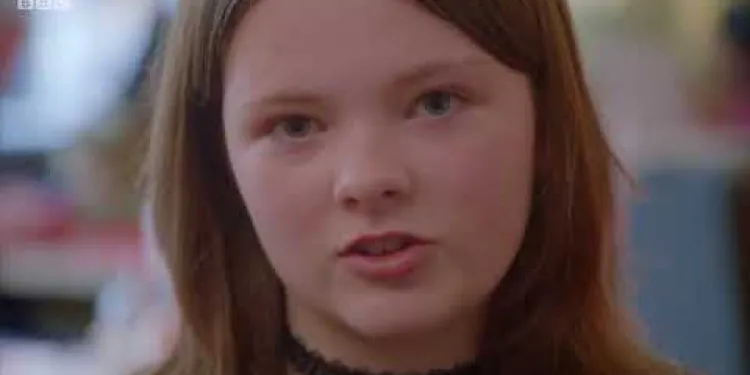
When Kids Abuse Kids
Relevance: 100%
-
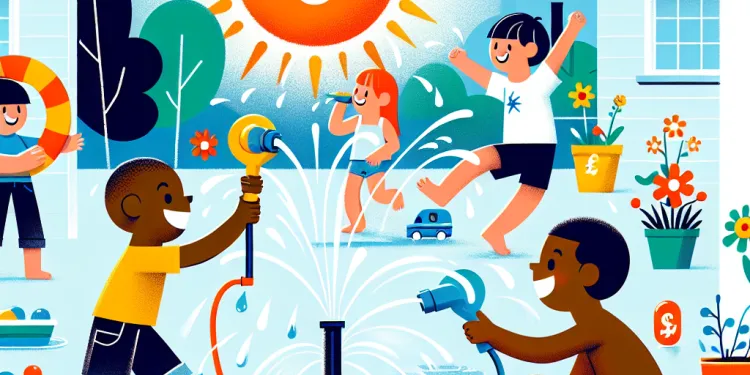
How can I keep my kids cool during a heatwave?
Relevance: 47%
-
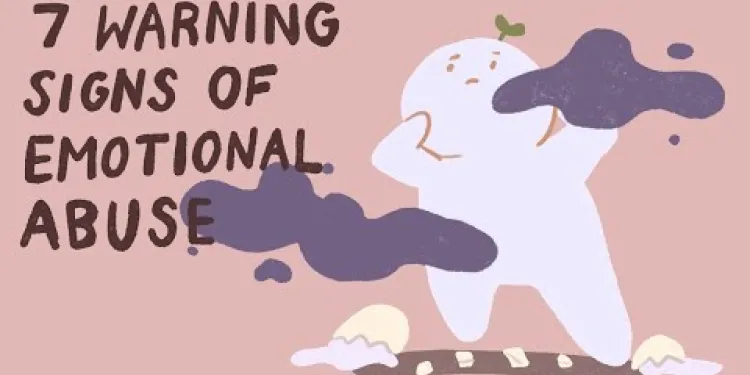
7 Warning Signs of Emotional Abuse
Relevance: 46%
-
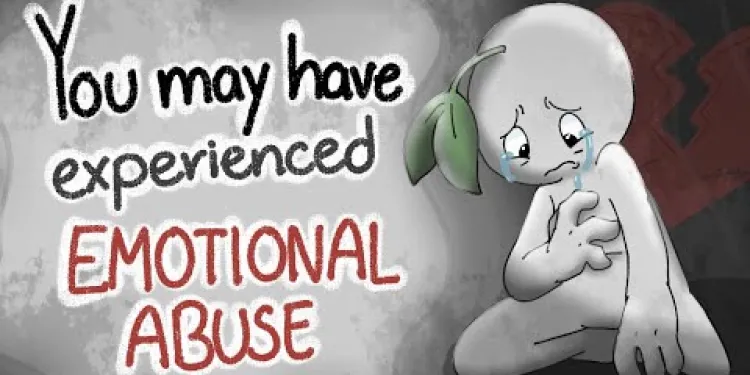
6 Signs of Emotional Abuse and Neglect
Relevance: 45%
-

What is Honour Based Abuse?
Relevance: 45%
-
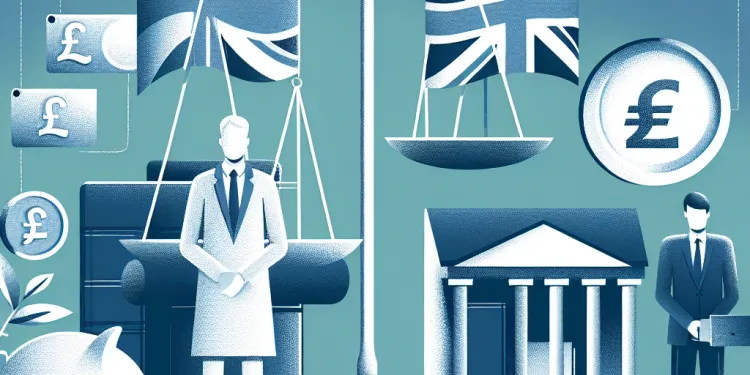
Understanding the New Domestic Abuse Laws in the UK
Relevance: 44%
-
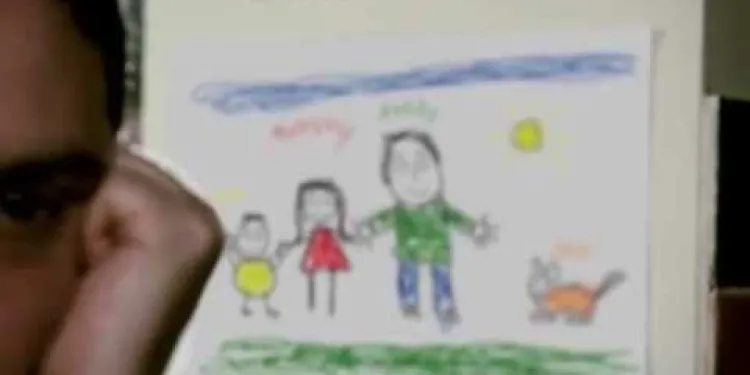
Are you a male victim of domestic abuse?
Relevance: 44%
-
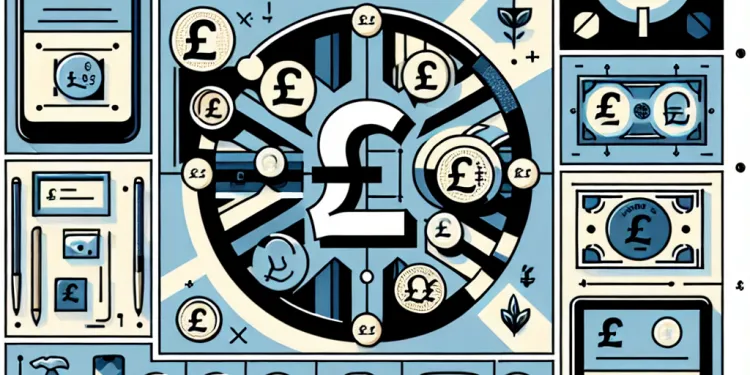
Is honour based abuse a cultural practice?
Relevance: 44%
-
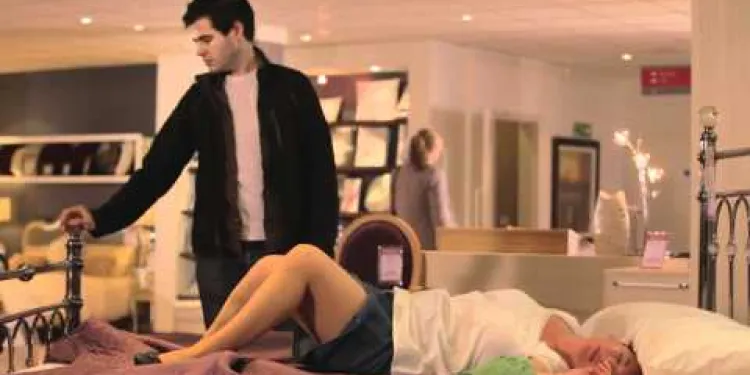
Live Fear Free - Domestic Abuse
Relevance: 44%
-
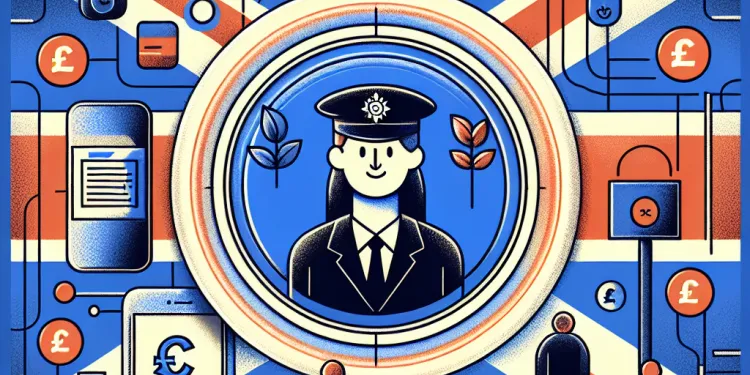
What are the signs of honour based abuse?
Relevance: 44%
-
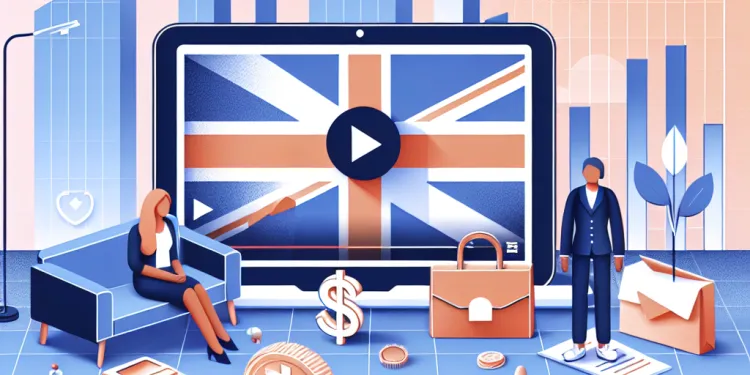
Understanding the Impact of the UK's New Domestic Abuse Legislation
Relevance: 43%
-
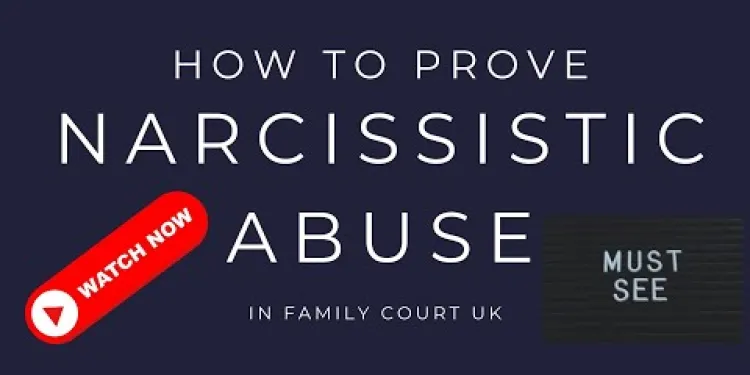
How To Prove Narcissistic Abuse In Family Court UK
Relevance: 43%
-

Can men be perpetrators of honour based abuse?
Relevance: 43%
-
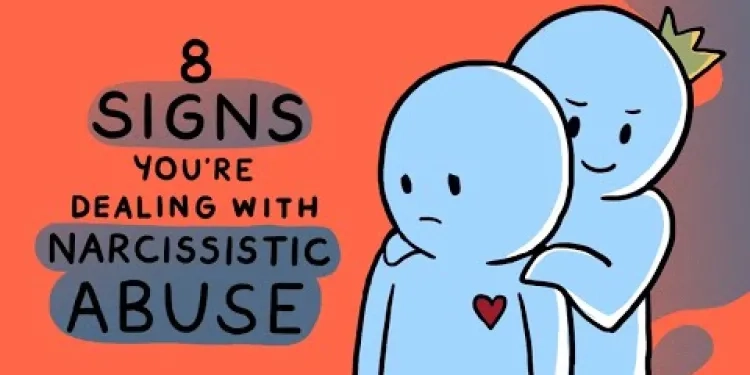
8 Signs You Are Dealing with Narcissistic Abuse
Relevance: 42%
-
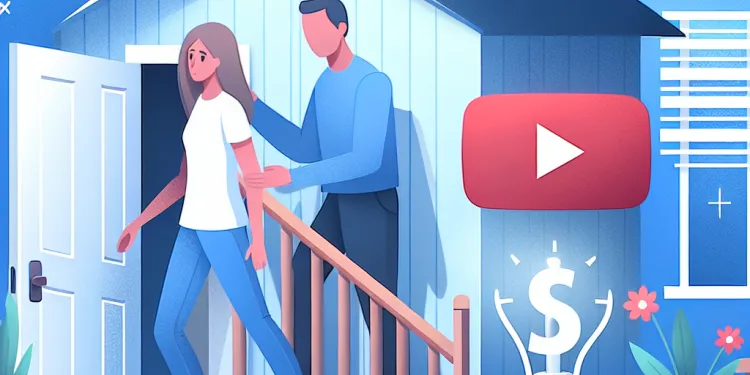
Steps to Take When Facing Domestic Abuse
Relevance: 42%
-
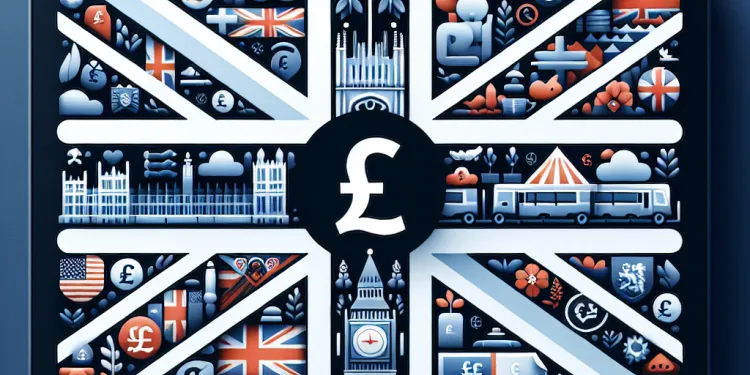
Who can be a victim of honour based abuse?
Relevance: 42%
-

What forms can honour based abuse take?
Relevance: 41%
-
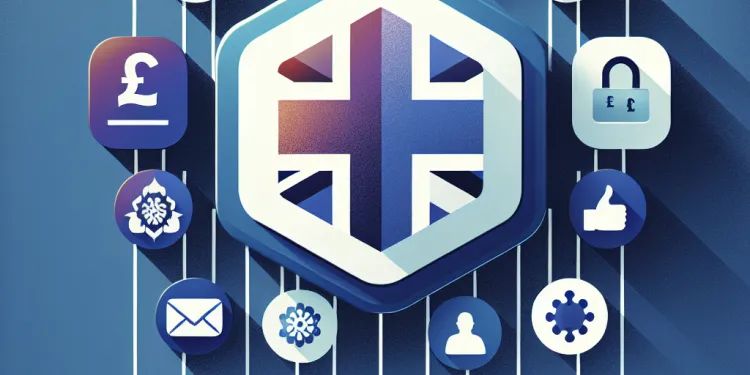
How can honour based abuse be prevented?
Relevance: 41%
-
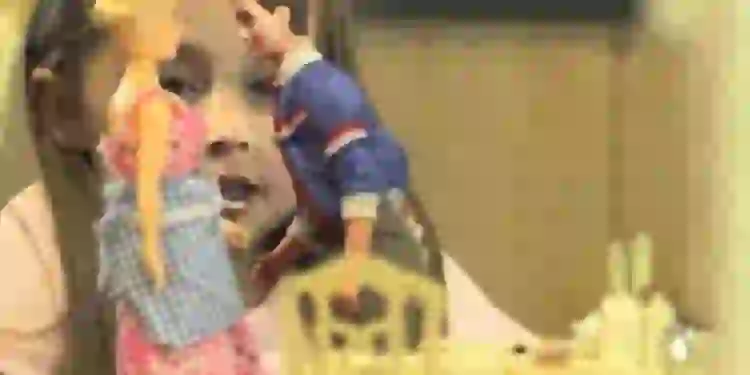
Live Fear Free - The Effect of Domestic Abuse on Children
Relevance: 41%
-
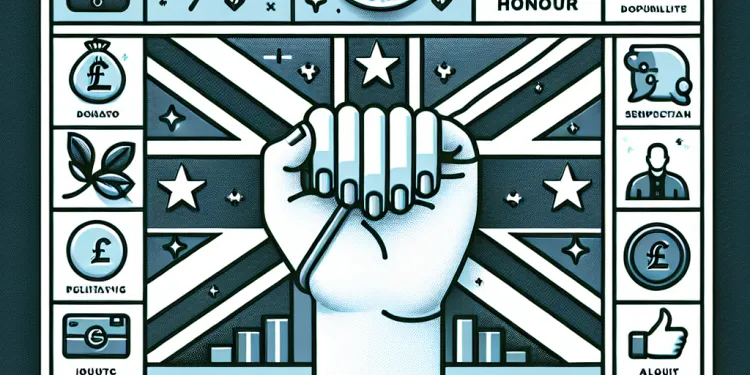
How does honour based abuse impact victims?
Relevance: 40%
-
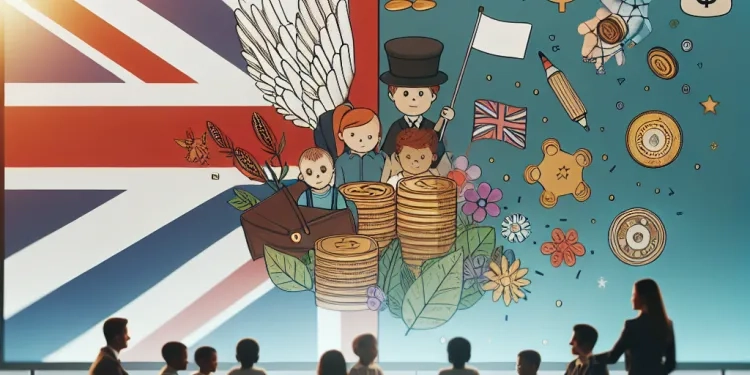
Three-year limit for child sexual abuse claims to be removed
Relevance: 40%
-
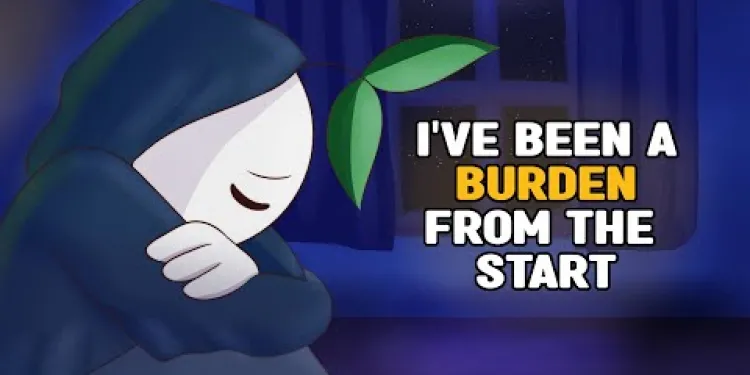
5 Signs You've Been Mentally Abused
Relevance: 39%
-

What is the purpose of honour based abuse?
Relevance: 20%
-

How prevalent is honour based abuse?
Relevance: 20%
-
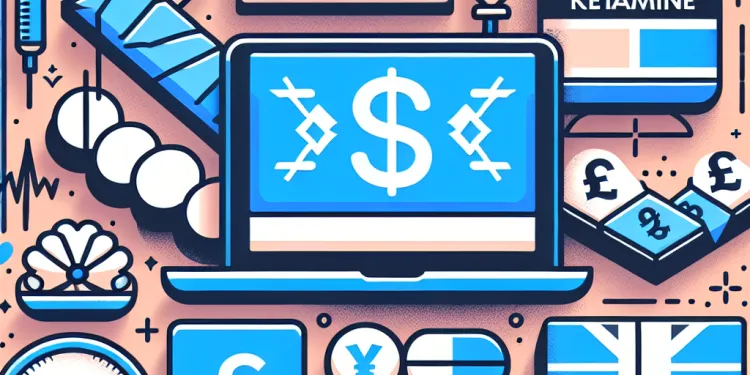
Is ketamine addictive?
Relevance: 18%
-

What is Gaslighting?
Relevance: 16%
-
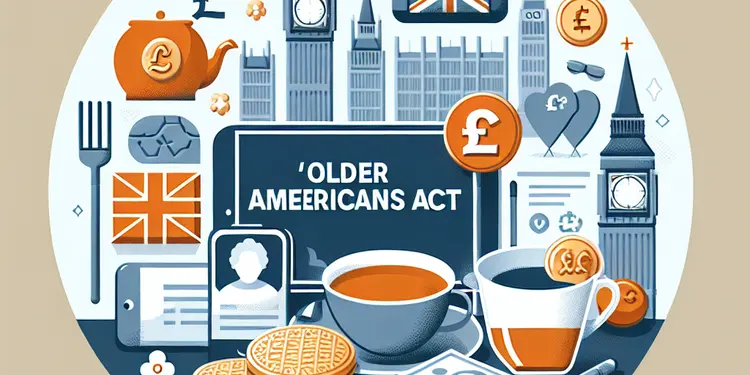
What is the Older Americans Act and how does it help seniors?
Relevance: 16%
-
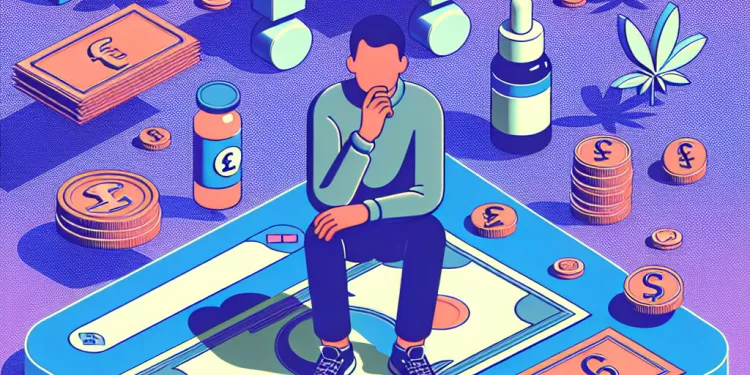
Is ketamine a controlled substance?
Relevance: 15%
-
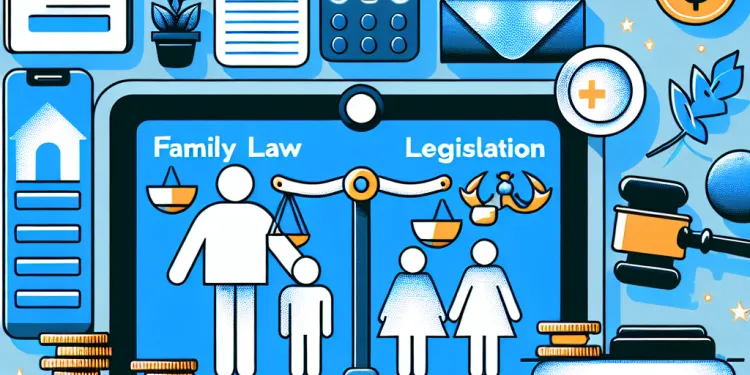
Impacts of Recent Changes to Family Law Legislation
Relevance: 15%
-
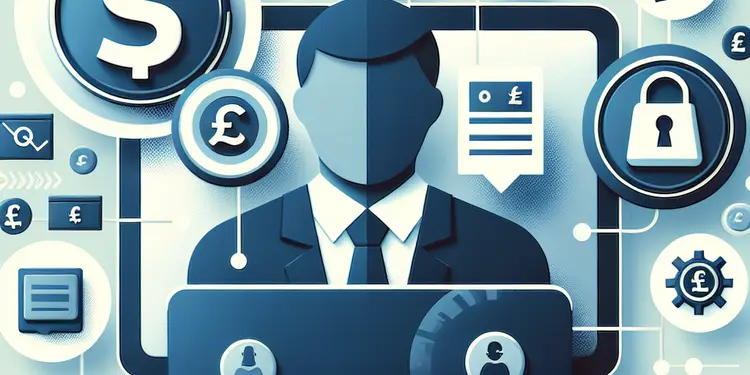
Are there online resources available for community helpers?
Relevance: 14%
-
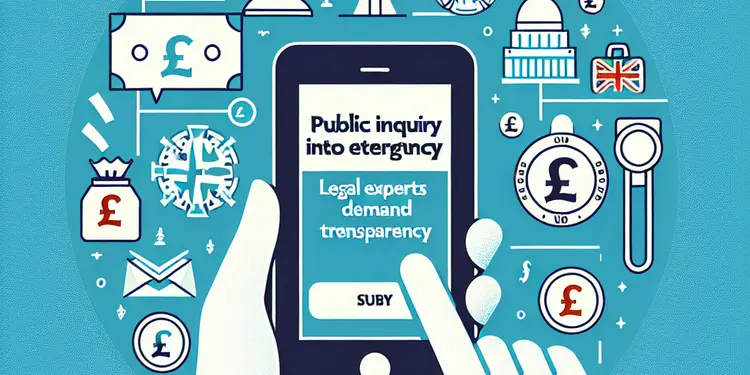
Public Inquiry into States of Emergency: Legal Experts Demand Transparency
Relevance: 14%
-
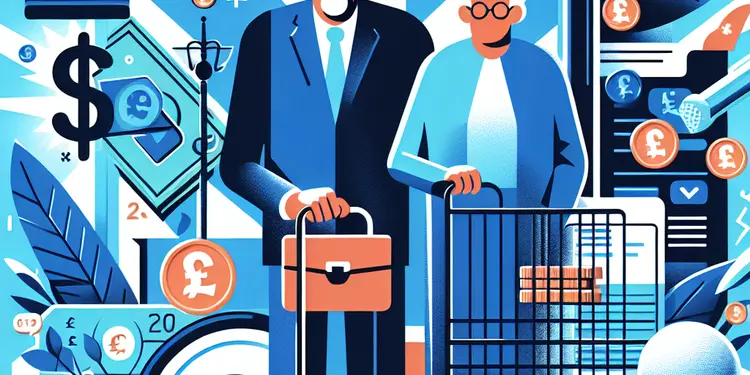
What legal assistance is available to seniors?
Relevance: 13%
-
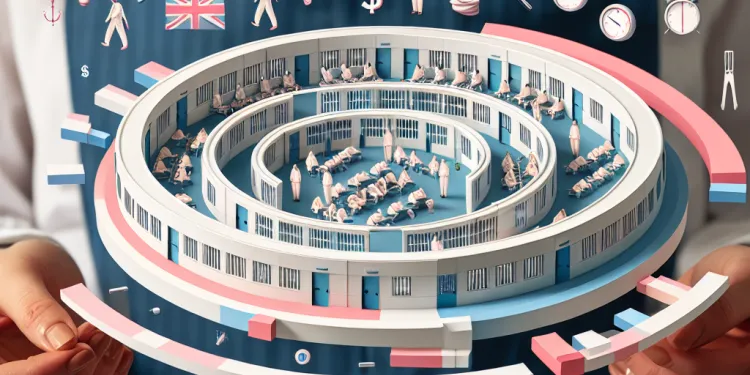
What are women's prisons like in the UK?
Relevance: 13%
-
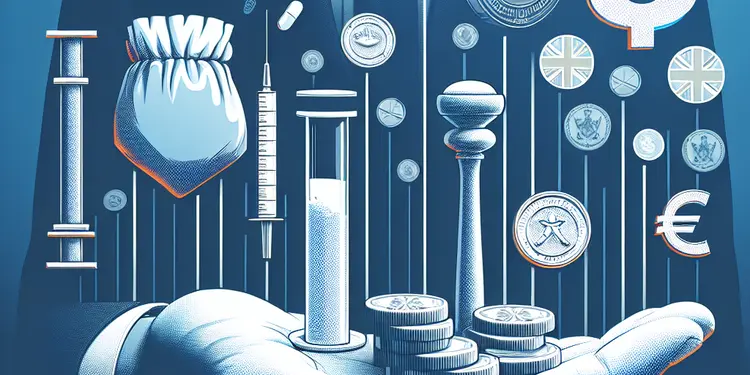
What are diversion programs for drug offenders?
Relevance: 12%
-
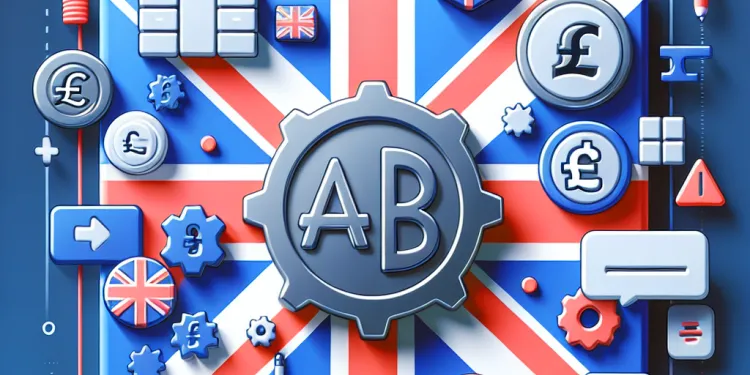
Are there any risks associated with untreated ADHD?
Relevance: 12%
-

Is ketamine safe for everyone?
Relevance: 12%
-

Understanding Parental Rights in Light of New UK Child Protection Legislation
Relevance: 11%
-
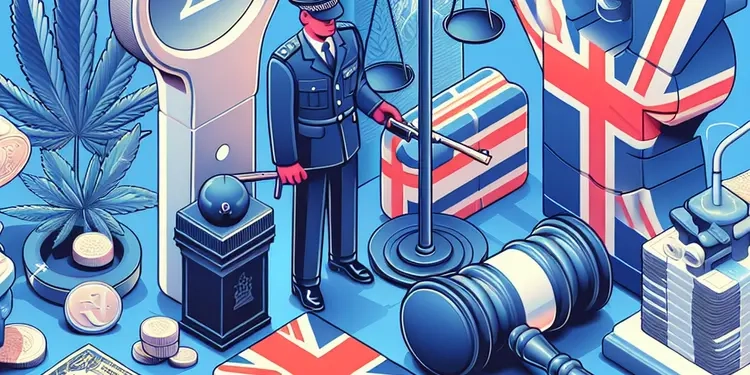
What are drug offences?
Relevance: 10%
-
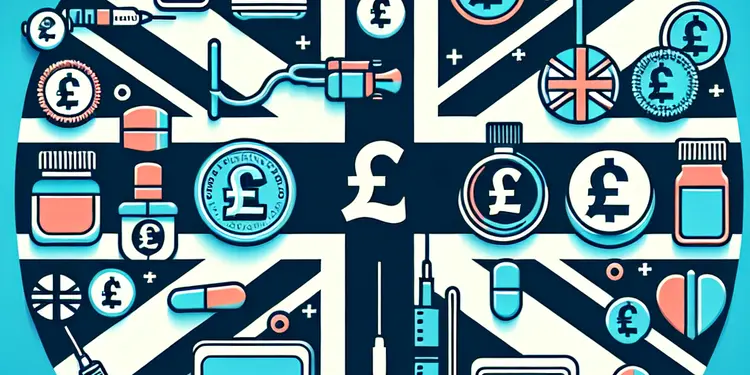
What substances are commonly associated with drug offences?
Relevance: 10%
-
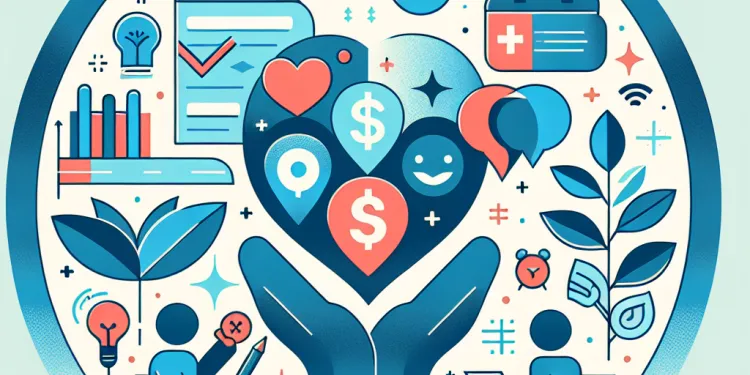
Mental Health Support for Families: Resources and Strategies
Relevance: 10%
When Kids Abuse Kids
The phenomenon of peer-on-peer abuse has increasingly become a concern for parents, educators, and policymakers, particularly in the United Kingdom. It is crucial to understand what constitutes such abuse and how it manifests among children to effectively address and prevent it.
Understanding Peer-on-Peer Abuse
Peer-on-peer abuse occurs when a child or group of children harms another child physically, emotionally, or sexually. This can include bullying, physical assaults, or sexually abusive behavior. It often occurs in environments like schools, homes, or online spaces where children interact regularly. One of the significant challenges in addressing this issue is the perception that children's aggression is merely part of growing up. However, it can have severe and lasting impacts on both the victim and the perpetrator.
Causes and Contributing Factors
Various factors contribute to children engaging in abusive behavior towards their peers. Family dynamics, exposure to violence, social media influences, and peer pressure can all play significant roles. Additionally, children who have experienced abuse themselves may become perpetrators. Understanding these underlying causes is vital for intervening effectively and preventing abuse from occurring.
Recognising the Signs
It is essential for parents, teachers, and caregivers to be vigilant in recognising signs of peer-on-peer abuse. These signs may include unexplained injuries, sudden changes in behavior, reluctance to go to school, or withdrawal from social interactions. Victims may also show signs of anxiety or depression. In cases of online abuse, children might become secretive about their digital activities or exhibit distress after using the internet.
Support and Resources
The UK offers various resources to support victims of peer-on-peer abuse. Schools have safeguarding policies, and organisations like the NSPCC provide helplines and guidance for parents and children. Communication is vital; creating an open environment where children feel safe to express their concerns is crucial. Ensuring children understand acceptable behavior and consequences for inappropriate actions can also mitigate risks.
Preventive Measures
Preventing peer-on-peer abuse requires a collaborative effort from schools, families, and communities. Educational programs aimed at teaching empathy, conflict resolution, and respect for others can lay the groundwork for more positive peer interactions. Regular training for educators on identifying and handling such abuse can further enhance protective measures for children.
Overall, addressing peer-on-peer abuse involves comprehensive awareness, timely intervention, and supportive resources to ensure children grow in safe, nurturing environments. By fostering open conversations and implementing preventative strategies, we can help reduce the incidence of this concerning issue and support the well-being of all children.
When Kids Hurt Other Kids
Sometimes kids can hurt other kids. This can worry parents, teachers, and people who make rules. It is important to know what this is and how it happens, so we can stop it.
What is Peer-on-Peer Abuse?
Peer-on-peer abuse happens when a child or a group of kids hurts another child. This can be hitting, bullying, or being mean in other ways. It can happen at school, at home, or when kids are online. People might think kids being mean is just part of growing up, but it can really hurt everyone involved.
Why Does This Happen?
There are many reasons why kids might hurt other kids. Sometimes it's because of problems at home, seeing violence, using social media, or feeling pressured by other kids. Kids who have been hurt themselves might also hurt others. Knowing why this happens helps us stop it from happening.
How to Spot the Signs
Parents, teachers, and caregivers should watch for signs that a child might be hurting or being hurt. Look for bruises, changes in behavior, not wanting to go to school, or staying away from friends. Kids who are upset may seem worried or sad. If the trouble is online, kids may act secretive or upset after using the internet.
Getting Help
In the UK, there are places that help kids who are hurt by other kids. Schools have rules to keep kids safe. Groups like the NSPCC have phone lines and advice for parents and kids. It's important to talk and listen, so kids feel safe to share their worries. Teaching kids what good behavior is and what happens if they are mean can help too.
Stopping the Problem
To stop kids from hurting each other, schools, families, and communities must work together. Teaching kids to care about others, solve problems nicely, and be respectful can help. Training teachers to see and handle this problem can protect kids more.
In the end, stopping kids from hurting each other means knowing what to look for, acting fast, and having the right support. By talking openly and using good strategies, we can keep kids safe and happy. Let's support every child to grow up in a place where they feel safe and cared for.
Frequently Asked Questions
What is peer-on-peer abuse?
Peer-on-peer abuse is a form of abuse that occurs when a child or young person is harmed, either emotionally or physically, by another child or young person.
What are the signs of peer-on-peer abuse?
Signs of peer-on-peer abuse may include unexplained injuries, self-harm, changes in behaviour, avoiding certain people or places, and withdrawal from friends and activities.
How common is peer-on-peer abuse in the UK?
While exact statistics vary, peer-on-peer abuse is recognized as a significant issue affecting many young people across the UK.
What should I do if I suspect a child is being abused by their peers?
If you suspect a child is being abused by their peers, it is important to listen to the child, reassure them, and report your concerns to a safeguarding professional or child protection agencies promptly.
Can peer-on-peer abuse happen online?
Yes, peer-on-peer abuse can occur online through cyberbullying, sharing inappropriate images, and other harmful activities.
What role does social media play in peer-on-peer abuse?
Social media can facilitate peer-on-peer abuse by spreading harmful content quickly, enabling cyberbullying, and providing platforms for harassment.
What is the impact of peer-on-peer abuse on victims?
Victims of peer-on-peer abuse can experience emotional trauma, anxiety, depression, low self-esteem, and difficulties in trusting others.
What support is available for victims of peer-on-peer abuse in the UK?
In the UK, support for victims includes counselling services, helplines, child protection services, and educational programs provided by schools and organizations.
How can schools in the UK help prevent peer-on-peer abuse?
Schools can help prevent peer-on-peer abuse by implementing anti-bullying policies, educating students about respect and empathy, and promoting a safe and inclusive environment.
Are there legal consequences for peer-on-peer abuse in the UK?
Yes, depending on the severity of the abuse, there can be legal consequences in the UK, including intervention by police and social services, and potential criminal charges for offenses like harassment or assault.
What can parents do to help prevent their children from experiencing peer-on-peer abuse?
Parents can help by talking openly with their children about relationships and respect, monitoring online activities, and fostering a supportive home environment where children feel safe discussing their problems.
How can children and young people protect themselves from peer-on-peer abuse?
Children can protect themselves by learning to assertively communicate their boundaries, seeking help from trusted adults, and avoiding situations where they feel vulnerable or unsafe.
What role do cultural and societal factors play in peer-on-peer abuse?
Cultural and societal factors, including gender norms and social hierarchies, can contribute to peer-on-peer abuse by normalizing certain behaviours or creating power imbalances among young people.
How does peer-on-peer abuse differ from bullying?
While similar, bullying often involves repeated aggressive behaviour with the intention to hurt, whereas peer-on-peer abuse can include a wider range of behaviours, including physical, emotional, and sexual harm.
What steps are being taken by the UK government to address peer-on-peer abuse?
The UK government addresses peer-on-peer abuse through legislation, funding anti-bullying initiatives, supporting educational programs, and working with child protection services to create safer environments for young people.
What is peer-on-peer abuse?
Peer-on-peer abuse is when one child bullies or hurts another child.
This can happen in school, online, or anywhere children are together.
Sometimes, children might use mean words, hit, or be unkind.
If you see this, talk to a grown-up you trust.
Using pictures, videos, or stories can help understand more.
Peer-on-peer abuse is when one child or young person hurts another. This hurt can be with words or actions.
What are the signs when kids hurt each other?
There are some signs when kids hurt each other:
- Bruises or injuries that they can't explain.
- Hurting themselves on purpose.
- Acting differently, like being sad or angry.
- Staying away from certain people or places.
- Not wanting to hang out with friends or do fun things.
How often do kids hurt other kids in the UK?
Peer-on-peer abuse means when young people hurt or bully each other. This is a big problem in the UK.
What should I do if I think a child is being hurt by other kids?
If you think a child is being hurt or bullied by other kids, it's important to do a few things. First, listen to the child. Let them know you care and believe them. Tell them it's not their fault. Then, you should talk to people who can help, like teachers or child protection helpers, quickly.
Can kids hurt each other online?
Yes, kids can be mean to each other online. This can happen through bullying, sharing bad pictures, and other hurtful things.
How does social media impact bullying between kids?
Social media can help people hurt each other. It can spread mean things quickly, make it easy to bully online, and give places for people to be mean.
When using social media, it can help to:
- Tell a trusted adult if someone is being mean.
- Block or mute people who are being unkind.
- Use privacy settings to keep your account safe.
How Does Bullying Affect Victims?
Bullying is when one kid is mean to another kid. It can make the person who is being bullied feel really sad. Here are some things that can happen to victims: - They might feel scared or worried. - They can feel alone or like they have no friends. - Sometimes, they might not want to go to school. - It can make them feel less happy and more stressed. If you or someone you know is being bullied, it's important to tell a grown-up, like a teacher or a parent. Using drawings or writing down feelings can help explain what is happening. Tools like talking with a counselor or using a diary can also help.When kids are hurt by other kids, they can feel very upset. They might feel sad, worried, have little confidence, and find it hard to trust other people.
What help can kids get if other kids are mean to them in the UK?
If other kids are being mean or hurting you, you can get help. Here are some ways:
- Talk to a trusted adult: This could be a parent, teacher, or a school counselor. They can help you and keep you safe.
- Childline: You can call Childline at 0800 1111. You can talk to someone who cares and will listen to you.
- NSPCC: You can contact the NSPCC. They help keep kids safe. Their number is 0808 800 5000.
- School support: Schools can have special teachers or counselors to help with problems between kids. Ask your school for help.
Remember, it is important to tell someone if you are being hurt or bullied. You are not alone, and people want to help you feel safe.
In the UK, people who need help can get it in different ways. They can talk to someone for advice with counselling. There are special phone lines to call for help, called helplines. There are people who help keep children safe, called child protection services. Schools and groups also teach about staying safe.
How can schools in the UK stop students from hurting each other?
Schools in the UK can help keep children safe and stop them from hurting each other. Here are some ways they can do this:
- Teach students how to be kind and respect others.
- Have clear rules about what is not allowed, like bullying.
- Listen to students if they say they are hurt or scared.
- Have teachers watch students during breaks to keep them safe.
- Work with parents to make sure students feel safe at school.
If you are a student, here are some things you can do:
- Talk to a teacher if someone is being mean to you or a friend.
- Be kind to others and include everyone in your games.
Talking tools like pictures or storyboards can help explain these ideas better.
Schools can stop children from hurting each other. They can do this by having rules against bullying. They can teach kids to be kind and to care about other people. Schools can also make sure everyone feels safe and welcome.
What happens if kids hurt other kids in the UK?
Yes, if the abuse is bad, there can be legal trouble in the UK. The police and social workers might get involved, and there could be charges for things like bothering someone too much or hurting them.
How can parents stop kids from hurting each other?
Parents can do things to help stop kids from being mean to each other.
- Talk to your child about being nice and kind.
- Teach your child how to say "no" if someone is mean to them.
- Listen and ask your child about their day.
- Show your child how to be a good friend.
- Make sure your child knows they can always talk to you.
Parents can also use tools like picture cards or storybooks to help make these ideas clear.
Parents can help their kids by talking openly about friends and being kind to each other. Keep an eye on what they do on the internet. Make sure home is a place where kids feel safe to talk about their problems.
How can kids and young people stay safe from bullying by other kids?
Kids can stay safe by doing these things:
1. Speak up about what they like and don't like.
2. Ask for help from grown-ups they trust.
3. Stay away from places that feel scary or unsafe.
How do culture and society affect how kids treat each other badly?
Boys and girls might be taught to act in certain ways. This can sometimes cause problems, like bullying or unfair treatment among friends. Society can make some behaviors seem okay even when they are not. It's important to notice when this happens and talk about it.
What is the difference between peer-on-peer abuse and bullying?
Bullying and peer-on-peer abuse are a bit alike, but not the same. Bullying means doing something mean over and over to hurt someone. Peer-on-peer abuse can be more than just bullying. It can hurt someone in different ways like hurting their body, feelings, or in a sexual way.
What is the UK government doing to stop bullying between children?
The UK government is working to stop kids hurting each other. They make rules, give money to stop bullying, help schools teach kids, and work with groups that keep kids safe. This makes schools and places safer for everyone.
Useful Links
- Ergsy carfully checks the information in the videos we provide here.
- Videos shown by Youtube after a video has completed, have NOT been reviewed by ERGSY.
- To view, click the arrow in centre of video.
- Most of the videos you find here will have subtitles and/or closed captions available.
- You may need to turn these on, and choose your preferred language.
- Go to the video you'd like to watch.
- If closed captions (CC) are available, settings will be visible on the bottom right of the video player.
- To turn on Captions, click settings .
- To turn off Captions, click settings again.
More Items From Ergsy search
-

When Kids Abuse Kids
Relevance: 100%
-

How can I keep my kids cool during a heatwave?
Relevance: 47%
-

7 Warning Signs of Emotional Abuse
Relevance: 46%
-

6 Signs of Emotional Abuse and Neglect
Relevance: 45%
-

What is Honour Based Abuse?
Relevance: 45%
-

Understanding the New Domestic Abuse Laws in the UK
Relevance: 44%
-

Are you a male victim of domestic abuse?
Relevance: 44%
-

Is honour based abuse a cultural practice?
Relevance: 44%
-

Live Fear Free - Domestic Abuse
Relevance: 44%
-

What are the signs of honour based abuse?
Relevance: 44%
-

Understanding the Impact of the UK's New Domestic Abuse Legislation
Relevance: 43%
-

How To Prove Narcissistic Abuse In Family Court UK
Relevance: 43%
-

Can men be perpetrators of honour based abuse?
Relevance: 43%
-

8 Signs You Are Dealing with Narcissistic Abuse
Relevance: 42%
-

Steps to Take When Facing Domestic Abuse
Relevance: 42%
-

Who can be a victim of honour based abuse?
Relevance: 42%
-

What forms can honour based abuse take?
Relevance: 41%
-

How can honour based abuse be prevented?
Relevance: 41%
-

Live Fear Free - The Effect of Domestic Abuse on Children
Relevance: 41%
-

How does honour based abuse impact victims?
Relevance: 40%
-

Three-year limit for child sexual abuse claims to be removed
Relevance: 40%
-

5 Signs You've Been Mentally Abused
Relevance: 39%
-

What is the purpose of honour based abuse?
Relevance: 20%
-

How prevalent is honour based abuse?
Relevance: 20%
-

Is ketamine addictive?
Relevance: 18%
-

What is Gaslighting?
Relevance: 16%
-

What is the Older Americans Act and how does it help seniors?
Relevance: 16%
-

Is ketamine a controlled substance?
Relevance: 15%
-

Impacts of Recent Changes to Family Law Legislation
Relevance: 15%
-

Are there online resources available for community helpers?
Relevance: 14%
-

Public Inquiry into States of Emergency: Legal Experts Demand Transparency
Relevance: 14%
-

What legal assistance is available to seniors?
Relevance: 13%
-

What are women's prisons like in the UK?
Relevance: 13%
-

What are diversion programs for drug offenders?
Relevance: 12%
-

Are there any risks associated with untreated ADHD?
Relevance: 12%
-

Is ketamine safe for everyone?
Relevance: 12%
-

Understanding Parental Rights in Light of New UK Child Protection Legislation
Relevance: 11%
-

What are drug offences?
Relevance: 10%
-

What substances are commonly associated with drug offences?
Relevance: 10%
-

Mental Health Support for Families: Resources and Strategies
Relevance: 10%


